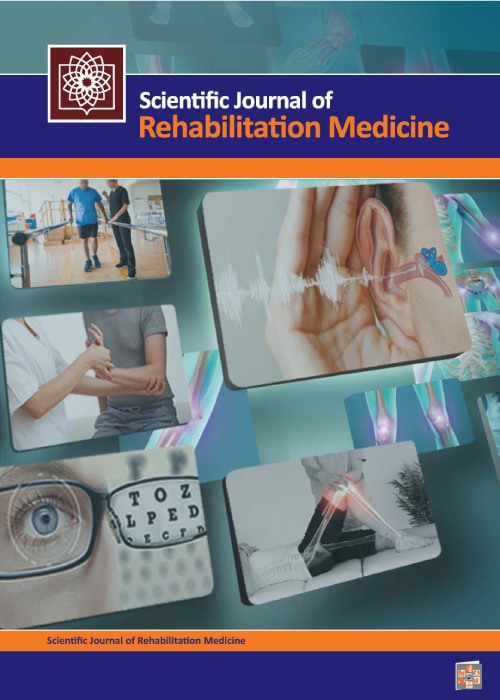Effect of Exercise-based Cardiac Rehabilitation on Coronary Artery Biomechanical Variables in Atherosclerotic Patients: A Systematic Review Study
Clinical disorder of coronary artery disease is mainly due to atherosclerosis of coronary arteries. The process of atherosclerosis is an inflammatory response to endothelial damage of the artery wall. Biomechanical factors and hemodynamic damages are the main causes of endothelial tissue damage. The spread of atherosclerosis can lead to destruction and sometimes loss of heart function. The purpose of the current study was to provide a systematic review of the studies conducted to investigate the effect of exercise rehabilitation on the coronary artery biomechanical variables of atherosclerotic patients.
In the present study, after a thorough search among relevant articles published in reliable databases such as Science Direct, Elsevier, PubMed, Springer, SID and Magiran published between 1998-2018 in two English and Persian languages using the terms exercise rehabilitation, biomechanics, atherosclerosis, and coronary arteries, a total of 38 articles with direct relevance to the subject under the study were selected for the analysis.
A review of the findings in these studies suggests that, due to the occurrence of atherosclerosis, the structure of vascular wall and the nature of its constituent parts become hard and thick. In addition, with the development of atherosclerosis, blood flow changes from a laminar state to turbulent one. Mechanical forces on the vascular wall, including shearing stresses of blood flow on the lumen of vessel and the peripheral stresses due to blood pressure, with the advancement of atherosclerotic lesions, change the pattern and add to the severity of disease. Studies have shown that the effects of exercise rehabilitation on atherosclerotic patients include morphological changes that lead to improved blood flow. Increased shear stress levels due to exercise result in decreased vascular resistance and increased tissue perfusion, reduced arterial stiffness, increased vasodilation capacity, increased artery lumen diameter, increased proliferation of atherosclerotic plaque, and improved angiogenesis and arteriogenesis. Exercise rehabilitation reduces disability, reduces the need for interventional procedures, improves cardiovascular risk factors profile, improves the new myocardial vessels formation, reduces mortality, and improves quality of life. In addition, combined exercises (aerobic-resistance) are also superior to aerobic exercises or resistance exercises alone.
According to the results, exercise rehabilitation, while preventing the development of atherosclerosis and protecting against major cardiovascular events, improves all coronary artery biomechanical variables and patients are in a relatively stable condition. In addition, all studies support that point that the exercises should be performed regularly and preferably during the week with high moderate intensity and in combination.
- حق عضویت دریافتی صرف حمایت از نشریات عضو و نگهداری، تکمیل و توسعه مگیران میشود.
- پرداخت حق اشتراک و دانلود مقالات اجازه بازنشر آن در سایر رسانههای چاپی و دیجیتال را به کاربر نمیدهد.




